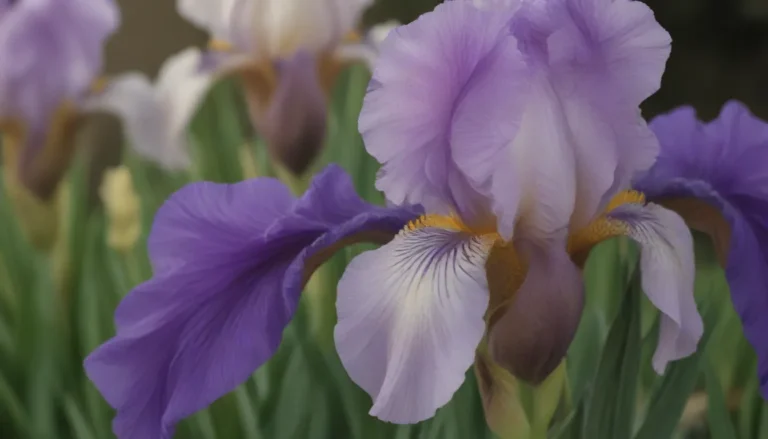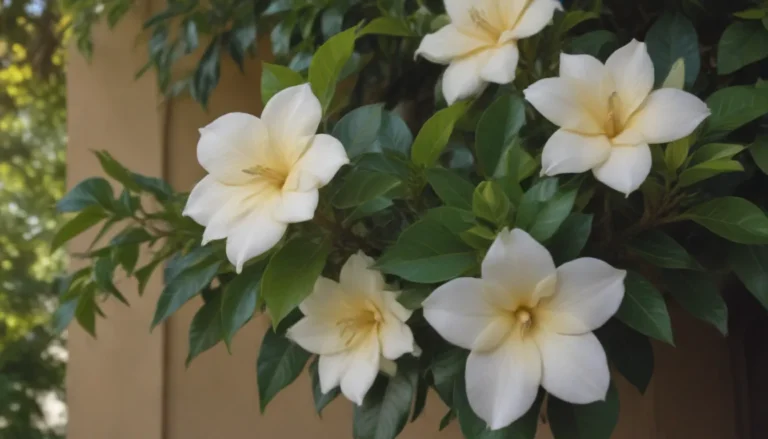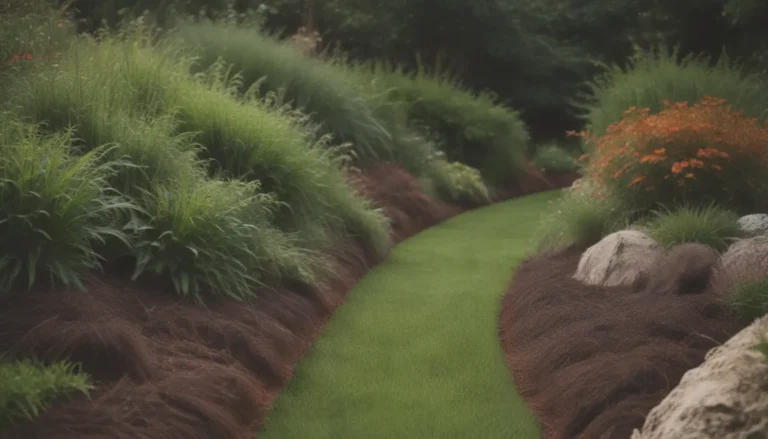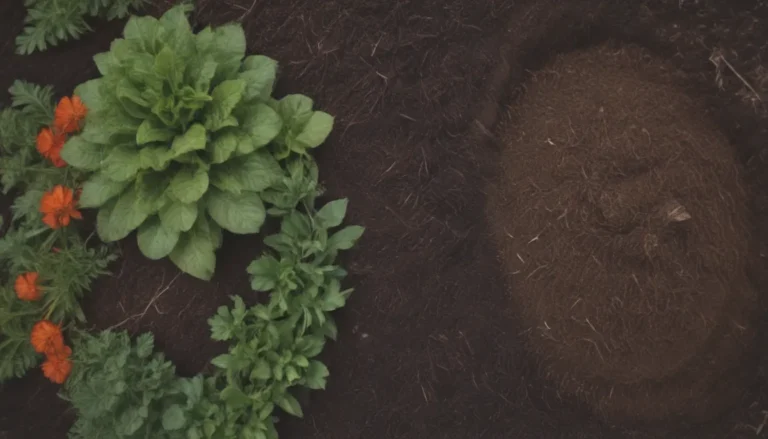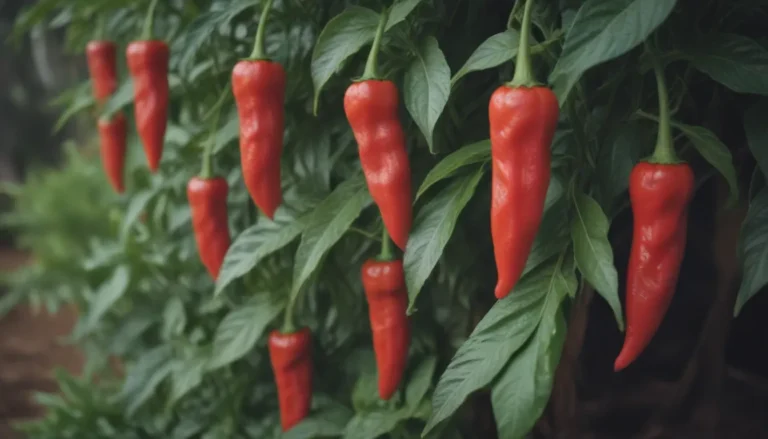Ultimate Guide: Growing and Caring for European Fan Palm Trees

If you’re looking to add a touch of the tropics to your landscape or indoor space, the European fan palm is an excellent choice. Known for its cold-hardy nature and adaptability to various conditions, this palm tree can thrive both outdoors and as a houseplant. In this comprehensive guide, we’ll walk you through everything you need to know to successfully grow and care for your European fan palm.
European Fan Palm Overview
The European fan palm, scientifically known as Chamaerops humilis, is a slow-growing species of palm tree that can withstand temperatures as low as 10 degrees Fahrenheit. It features striking light blue-green to silver-green, fan-shaped fronds that can grow up to 2 feet long and wide. While the primary appeal of this palm is its resilience to cold weather, it also adds a tropical flair to temperate landscapes with its unique appearance.
Key Features:
- Can tolerate temperatures as low as 10 degrees Fahrenheit
- Slow-growing with fan-shaped fronds
- Adaptable to indoor conditions as a houseplant
European Fan Palm Care
Planting and Spacing:
- When planting multiple European fan palms outdoors, ensure they are spaced at least 4 feet apart to allow for proper growth.
- Choose a location away from high-traffic areas, as the palms have spines that can be painful to the touch.
Container Growth:
- European fan palms do well when grown in containers, making them suitable for indoor and outdoor container gardens.
- Ensure the soil in containers dries out thoroughly between waterings to prevent root rot.
Light Requirements:
- Thrives in full sun but can tolerate partial shade.
- Aim for at least four to six hours of direct sunlight daily to promote healthy growth.
Soil and Watering:
- Not picky about soil type, but requires excellent drainage.
- Water young palms regularly until roots are established, then allow the soil to dry out between waterings.
Temperature and Humidity:
- Thrives in warm, sunny days and cool nights.
- Can withstand extreme heat and cold, making it highly adaptable.
- Provide extra humidity for indoor palms by placing a tray of water and pebbles near the plant.
Fertilizing:
- Use a slow-release palm fertilizer during the growing season to promote healthy growth.
Types and Varieties of European Fan Palm
There are a few notable varieties of European fan palms, each with its unique characteristics:
– Chamaerops humilis ‘Vulcano’
– Chamaerops humilis var. argentea
– Chamaerops humilis ‘Stella’
Pruning and Propagation
Pruning Techniques:
- Remove dead, damaged, or diseased fronds as needed to maintain the palm’s health.
- Training the palm to grow with a single trunk requires regular removal of suckers that grow from the base.
Propagation Methods:
- European fan palms can be propagated from seed or by removing and separating suckers.
- Suckers are the preferred method for rapid propagation and maintaining desired characteristics.
Growing from Seed:
- Sow seeds in spring in pots filled with potting mix and keep consistently moist until germination.
- Requires patience as germination can take several weeks to a couple of months.
Potting and Repotting:
- Choose a pot slightly larger than the root ball with adequate drainage holes.
- Repot every two to three years or when roots outgrow the container.
Overwintering and Common Issues
Overwintering Tips:
- Bring European fan palms indoors in freezing temperatures below USDA zone 9 to protect foliage.
- In warm climates, the plant can withstand winter conditions without additional protection.
Common Pests and Diseases:
- Keep an eye out for mealybugs, scale, and spider mites, common pests of European fan palms.
- Treat infestations promptly with insecticidal soap to prevent damage to the palm.
Additional Tips and Facts
- European fan palms are known for their slow growth rate, typically only growing about five inches per year.
- Partial shade can further slow down growth, so ensure your palm receives adequate sunlight.
- While not considered invasive, the landscape value of European fan palms may vary based on individual locations.
In conclusion, European fan palms are a fantastic addition to any landscape or indoor space due to their cold-hardy nature and unique appearance. By following the care tips outlined in this guide, you can ensure your palm thrives and continues to add a touch of the tropics to your surroundings.
Happy gardening!
